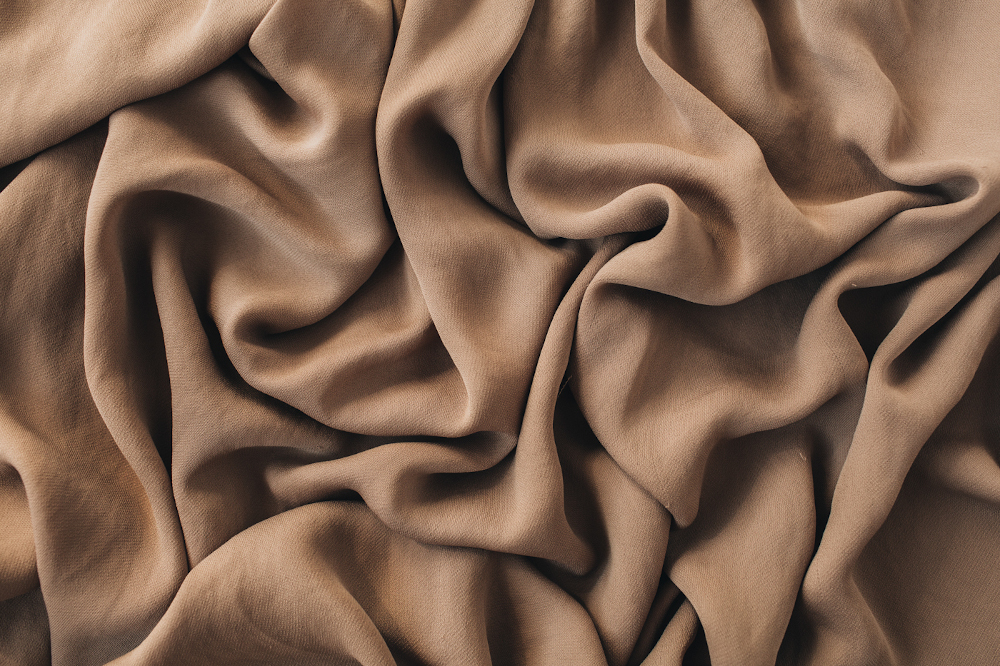3 Green Laundry Tips That Won't Harm the Environment

Your laundry routine has a huge impact on the environment, and not to mention, your health, closet, and wallet. Energy Star states that the average U.S. household does 400 loads of laundry every year, consuming nearly 13,500 gallons of water.1 According to WRAP, laundry accounts for a whopping ¼ of carbon emissions from clothing. 2 Thankfully though, we can all make small, eco-friendly changes to our laundry habits to make a positive difference. Be a little kinder to Mother Earth (and yourself) by practicing the 3 green laundry tips below.
1. Switch to eco-friendly laundry detergent
Conventional laundry detergents can include harmful ingredients, such as synthetic fragrances and surfactants like nonylphenol ethoxylates, that end up in our waterways when dirty laundry water goes down the drain. This polluted water ends up contaminating our rivers and oceans. In addition, our clothes come into direct contact with our skin, which is our body’s largest organ. This means our skin gets exposed to those harmful chemicals as well. You can prevent this by switching to eco-friendly laundry detergents that are biodegradable and made with plant or vegetable-based ingredients. I recommend using plastic-free, plant-based laundry detergent like Meliora Cleaning Products.
2. Wash with cold water to save energy (and money!)
Did you know? Around 90% of the energy a washing machine utilizes is from heating up the water alone.3 By washing with cold water, you use much less power, which means less carbon dioxide emissions and a lower energy bill. Washing with cold water will also help to prevent your clothes from shrinking, extending the life of your clothes.

3. Wear clothes made out of natural fabrics, or use a microfiber catcher when washing synthetic fabrics
When you wash clothing made out of synthetic fabrics (like polyester and nylon), even just a single laundry load can release hundreds of thousands of microfibers, which are tiny particles of plastic, into our marine ecosystem.4 Because these microfibers don’t biodegrade efficiently, they end up harming plants and wildlife. You can prevent this microplastic pollution by wearing and washing clothing made out of natural fibers, such as linen, hemp, and organic cotton. If you do wear and wash clothing made from synthetic fibers, use a microfiber catcher. I recommend using the Guppyfriend washing bag to help capture microfibers in the wash and prevent them from going down the drain.
These small tweaks to your laundry habits really do add up over time. By adopting these simple alternatives, you’re reducing your eco-footprint in a major way and taking a step towards a cleaner environment and a healthier you.
Diana Youn
Diana Youn is a lifecycle marketer, the sustainable fashion blogger behind The Chic Diary, and the founder of Unseam the Label - a modern apparel line for the conscious, petite woman. Join the petite tribe to be the first to know when we launch our premier collection.
Website: unseamthelabel.com
SOURCES
1 “Clothes Washers 2007 Partner Resources Guide.” Energy Star, 2007, https://www.energystar.gov/ia/partners/manuf_res/salestraining_res/ClothesWasher_PRG.pdf
2 “ Valuing Our Clothes.” Waste & Resources Action Programme, 11 July 2012,
http://www.wrap.org.uk/sites/files/wrap/VoC%20FINAL%20online%202012%2007%2011.pdf
3 “Laundry Best Practices: Clothes Washer Tips.” Energy Star ,
https://www.energystar.gov/products/laundry_best_practices
⁴ Resnick, Brian. “Ocean Plastic Pollution: Why Our Clothes Are Part of the Problem.” Vox , 11 Jan. 2019,
https://www.vox.com/the-goods/2018/9/19/17800654/clothes-plastic-pollution-polyester-washing-machine


Leave a comment